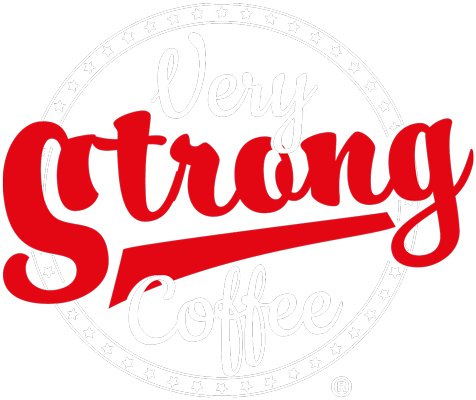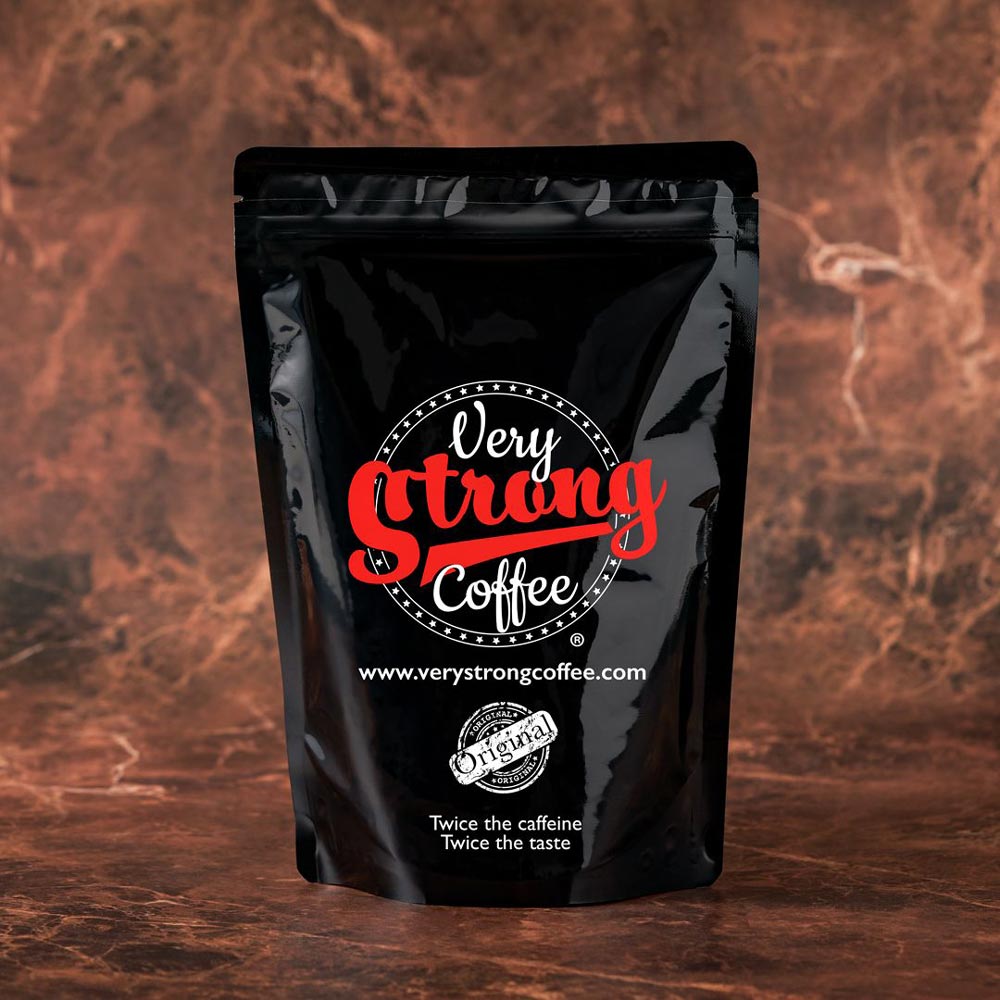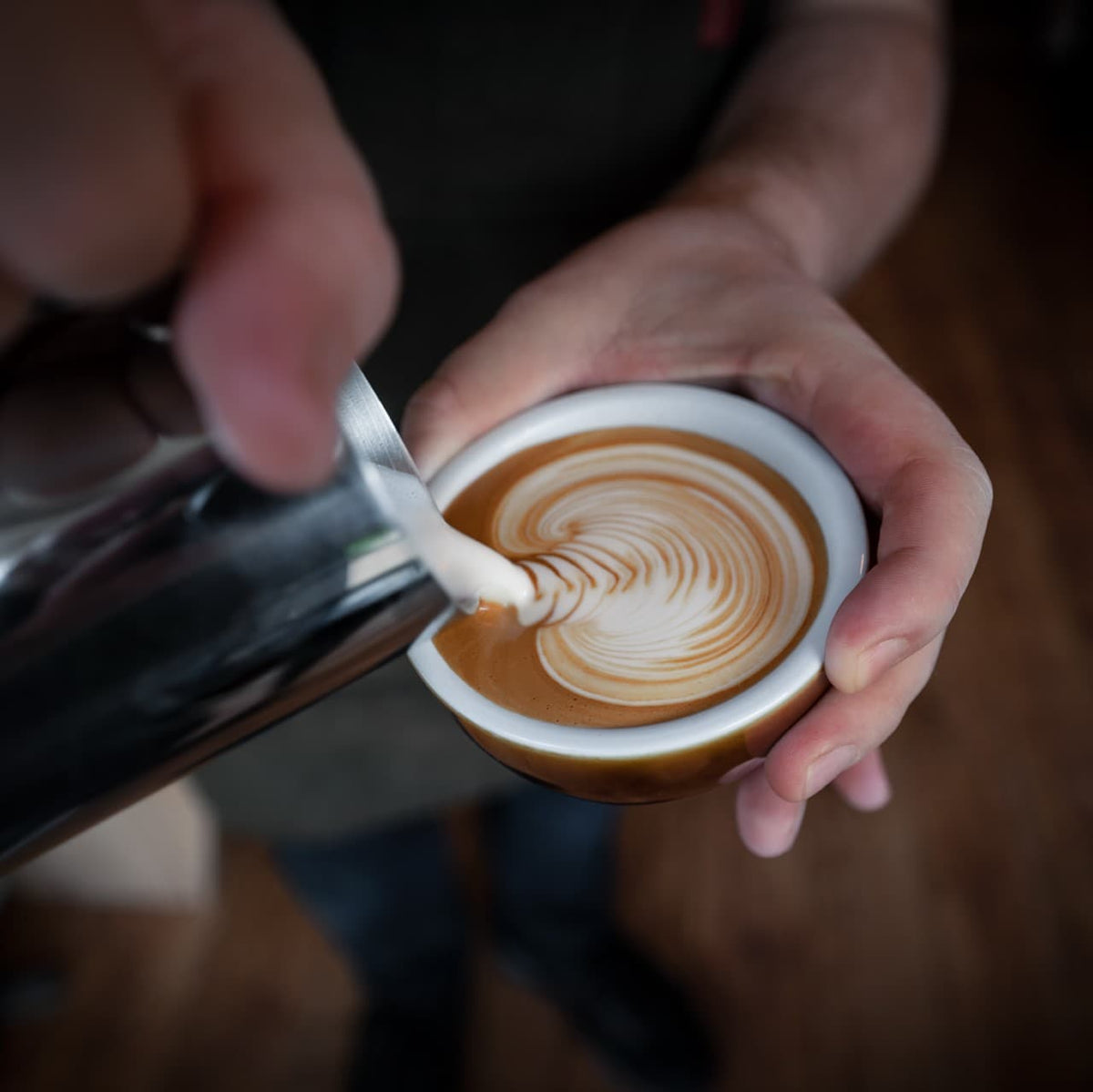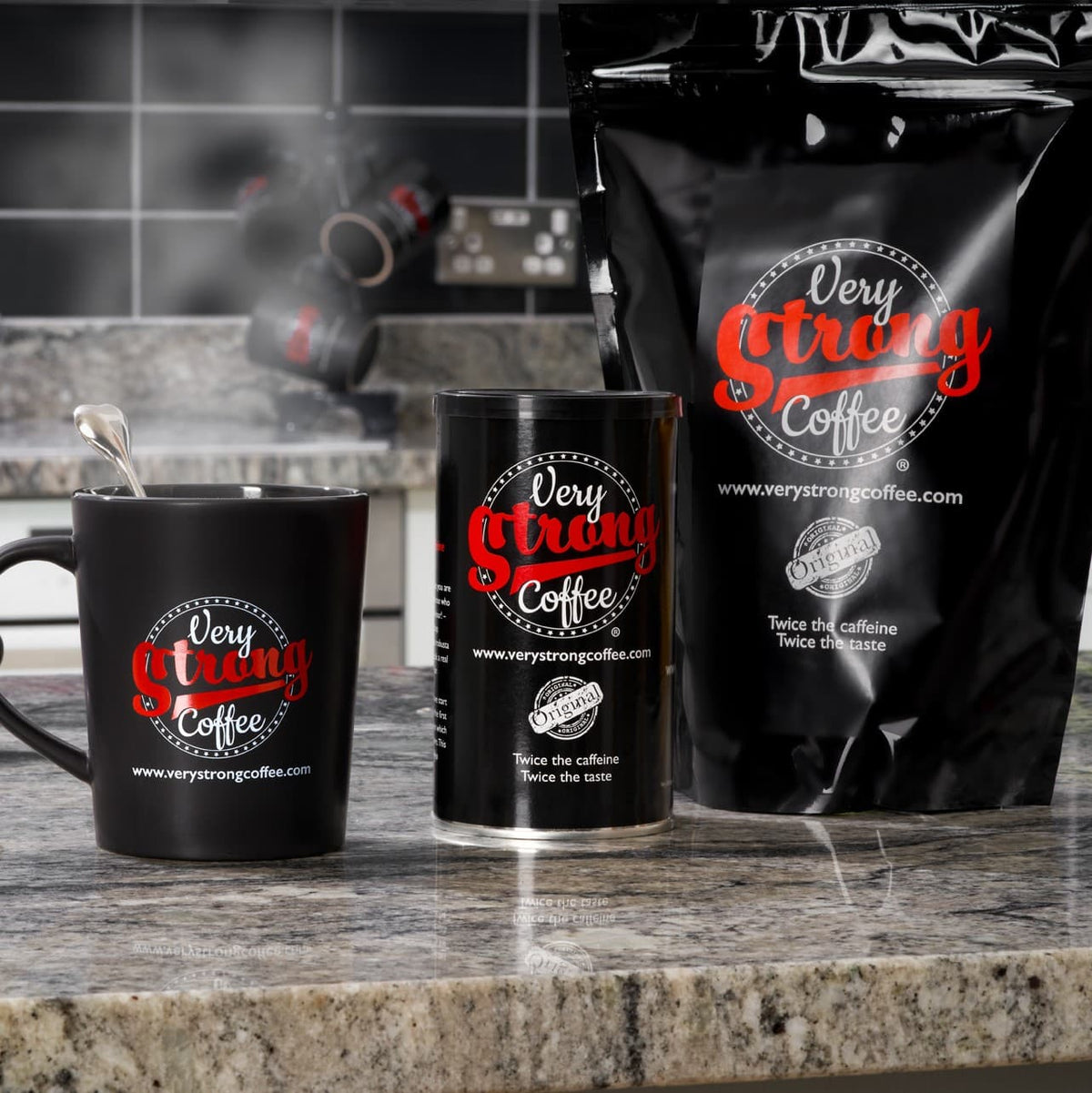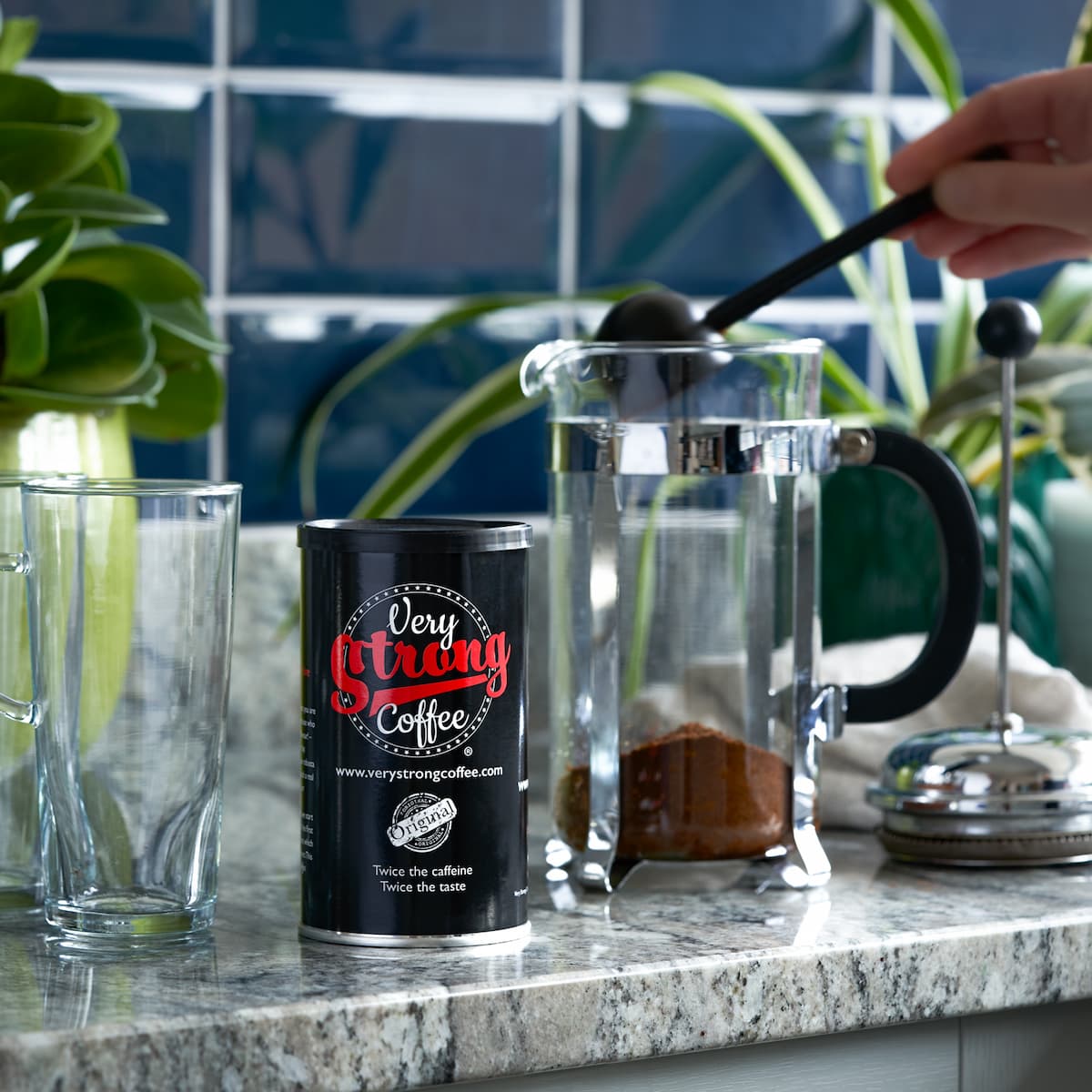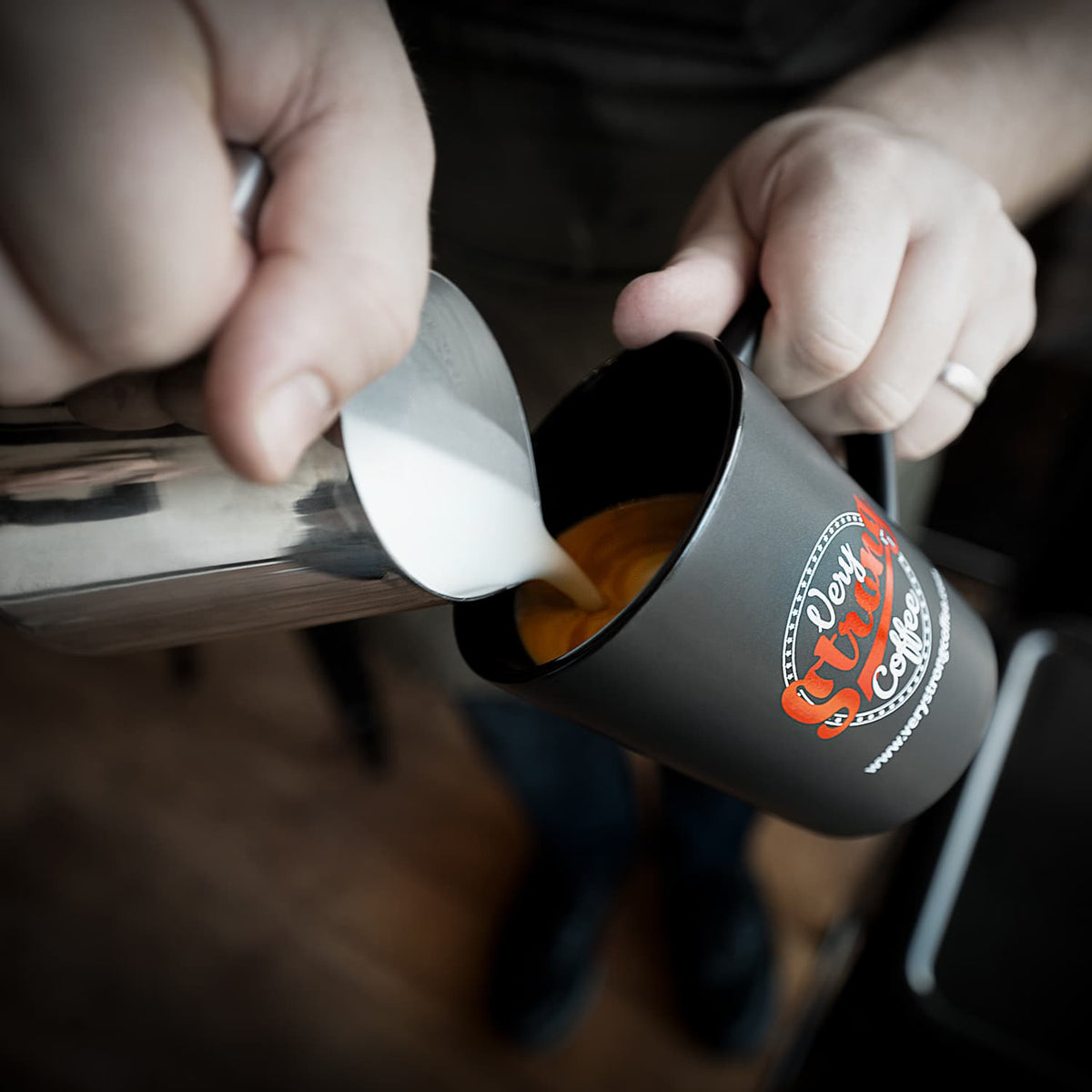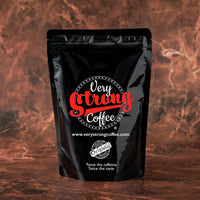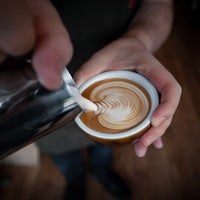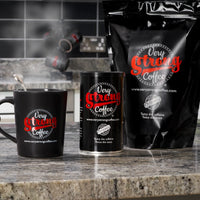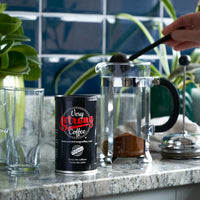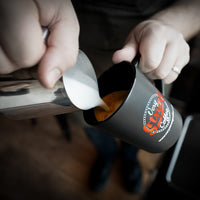How to make coffee at home
April 25, 2023

Introduction
There's something truly satisfying about brewing your own cup of coffee. The aroma, the warmth, and the taste are simply unmatched. If you're a coffee lover looking to up your brewing game, this article is for you! We'll cover everything from choosing the right beans to mastering various brewing methods. So let's dive in, shall we?
Coffee Beans
Choosing the Right Beans
The first step to making great coffee starts with choosing the right beans. There's a vast world of coffee beans out there, with countless flavor profiles, origins, and roast levels. Experiment with different options to find the ones that suit your taste buds. Single-origin beans are a good starting point, as they'll give you a clear sense of the unique characteristics of each coffee-growing region.
Storing Coffee Beans
Properly storing your coffee beans is essential to preserve their flavor and freshness. Keep them in an airtight container, away from direct sunlight, heat, and moisture. It's best to buy smaller quantities of beans and grind them as needed, rather than stockpiling large amounts.
Coffee Grinding
Types of Grinders
There are two main types of coffee grinders: blade and burr. Blade grinders are cheaper but produce unevenly sized particles, which can result in an inconsistent extraction. Burr grinders, on the other hand, provide a more consistent grind and are generally considered superior for brewing high-quality coffee.
Grinding Techniques
The grind size you choose depends on your brewing method. For example, a coarse grind is suitable for French press, while a fine grind works best for espresso. Experiment with different grind sizes to find the one that produces the best flavor for your preferred brewing method.
Brewing Methods
Pour-Over
Pour-over coffee is a popular manual brewing method that allows you to control every aspect of the brewing process. You'll need a pour-over cone, a paper filter, and a gooseneck kettle. To make pour-over coffee, pour hot water over the coffee grounds in a circular motion, allowing the water to pass through the grounds and into your cup or carafe.

French Press / Cafetière
The French press, also known as a cafetière is an immersion brewing method that's easy to master. Simply add coarsely ground coffee to the press, pour hot water over the grounds, and let it steep for about 4 minutes. Then, press the plunger down to separate the grounds from the liquid and enjoy your freshly brewed coffee.

AeroPress
The AeroPress is a compact and versatile brewing device that's perfect for making a single cup of coffee. To use it, place a paper filter in the cap and add finely ground coffee to the chamber. Pour hot water over the grounds, stir, and then press the plunger down. The result is a strong, flavorful coffee that can be enjoyed straight or diluted with water or milk.

Espresso Machine
If you're a fan of espresso-based drinks, investing in an espresso machine is a must. These machines force hot water through finely ground coffee under high pressure, creating a concentrated, rich, and creamy coffee. While mastering an espresso machine takes some practice, the payoff is well worth the effort.

Cold Brew
Cold brew coffee is perfect for those hot summer days when you want a refreshing, smooth, and less acidic beverage. To make cold brew, combine coarsely ground coffee with cold water in a jar or pitcher, and let it steep for 12-24 hours. Then, strain the mixture through a fine mesh sieve or cheesecloth to remove the grounds, and enjoy your cold brew over ice.
Learn more about cold brew

Coffee Bags
Coffee bags are a convenient and mess-free brewing method, similar to how tea bags work. They're perfect for those on-the-go or for situations where you don't have access to your usual brewing equipment.
Water Quality
The quality of the water you use to brew your coffee can have a significant impact on the taste. Ideally, use filtered or bottled water to ensure that impurities and minerals don't affect the flavor of your coffee.
Coffee-to-Water Ratio
The coffee-to-water ratio is crucial for achieving the perfect balance of flavors in your brew. A general rule of thumb is to use 1:15 or 1:17 coffee-to-water ratio (grams). However, feel free to adjust this ratio based on your personal taste preferences.
Brewing Temperature
The brewing temperature also plays a significant role in the final taste of your coffee. Aim for a temperature between 195°F and 205°F (90°C and 96°C) to extract the optimal flavors from your coffee grounds.
Timing the Brew
The brewing time varies depending on the method you're using. For example, pour-over coffee takes about 3-4 minutes, while espresso extraction should last between 25-30 seconds. Paying attention to the brewing time helps ensure that your coffee isn't under or over-extracted.
Experiment and Enjoy
Don't be afraid to experiment with different beans, grind sizes, brewing methods, and techniques. The key to making great coffee is finding the combination that works best for you and your taste buds.
Conclusion
Learning how to make coffee is both an art and a science. With a little practice and patience, you'll soon be brewing coffee that rivals your favorite café. Remember, the journey to the perfect cup starts with great beans, the right grind size, and a method that suits your taste. So go ahead, experiment, and most importantly, enjoy the process!
FAQs
What type of coffee beans should I use for making coffee?
There's no one-size-fits-all answer, as it depends on your personal taste preferences. Experiment with different types of beans to find the ones that you enjoy the most.
Can I use tap water for brewing coffee?
It's best to use filtered or bottled water, as impurities and minerals in tap water can affect the taste of your coffee.
How do I know if I'm using the correct grind size for my brewing method?
A general guideline is to use a coarse grind for French press and cold brew, a medium grind for pour-over and drip coffee, and a fine grind for espresso. However, it's essential to experiment and adjust the grind size based on your taste preferences.
How long should I store my coffee beans?
Ideally, you should use your coffee beans within two to four weeks of the roast date to enjoy their optimal freshness and flavor. Store them in an airtight container, away from direct sunlight, heat, and moisture.
Is there a difference between cold brew and iced coffee?
Yes, there is a difference. Cold brew is made by steeping coffee grounds in cold water for an extended period (12-24 hours), while iced coffee is simply brewed coffee that has been poured over ice. Cold brew tends to be smoother and less acidic than iced coffee.
